Of the inn today nothing remains, fortunately there are plans still in existence so we know what the inn looked like as it once stood on Leicesters High Street in 1485. The site on which the inn now stands is a modern Travel Lodge, where visitors have been known to ask to spend the night in the room in which the king slept.
The architectures gone downhill a bit don't you think?







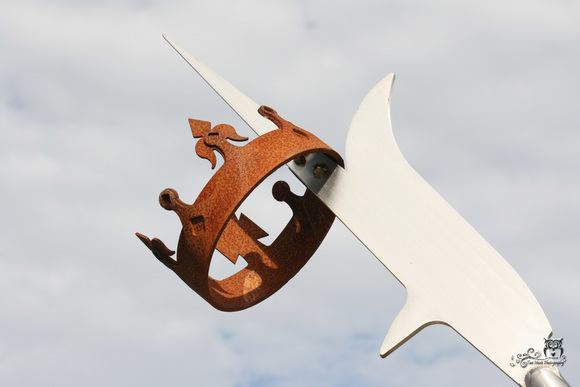
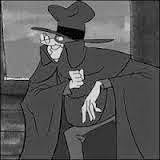



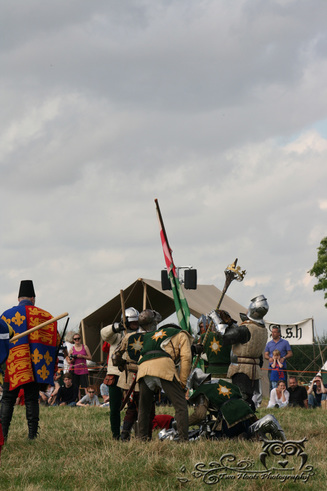


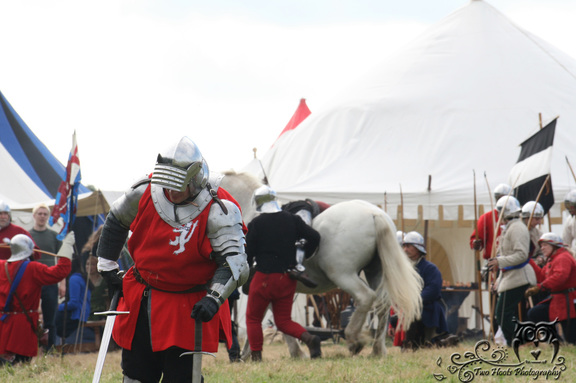


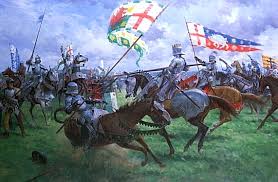

 RSS Feed
RSS Feed
